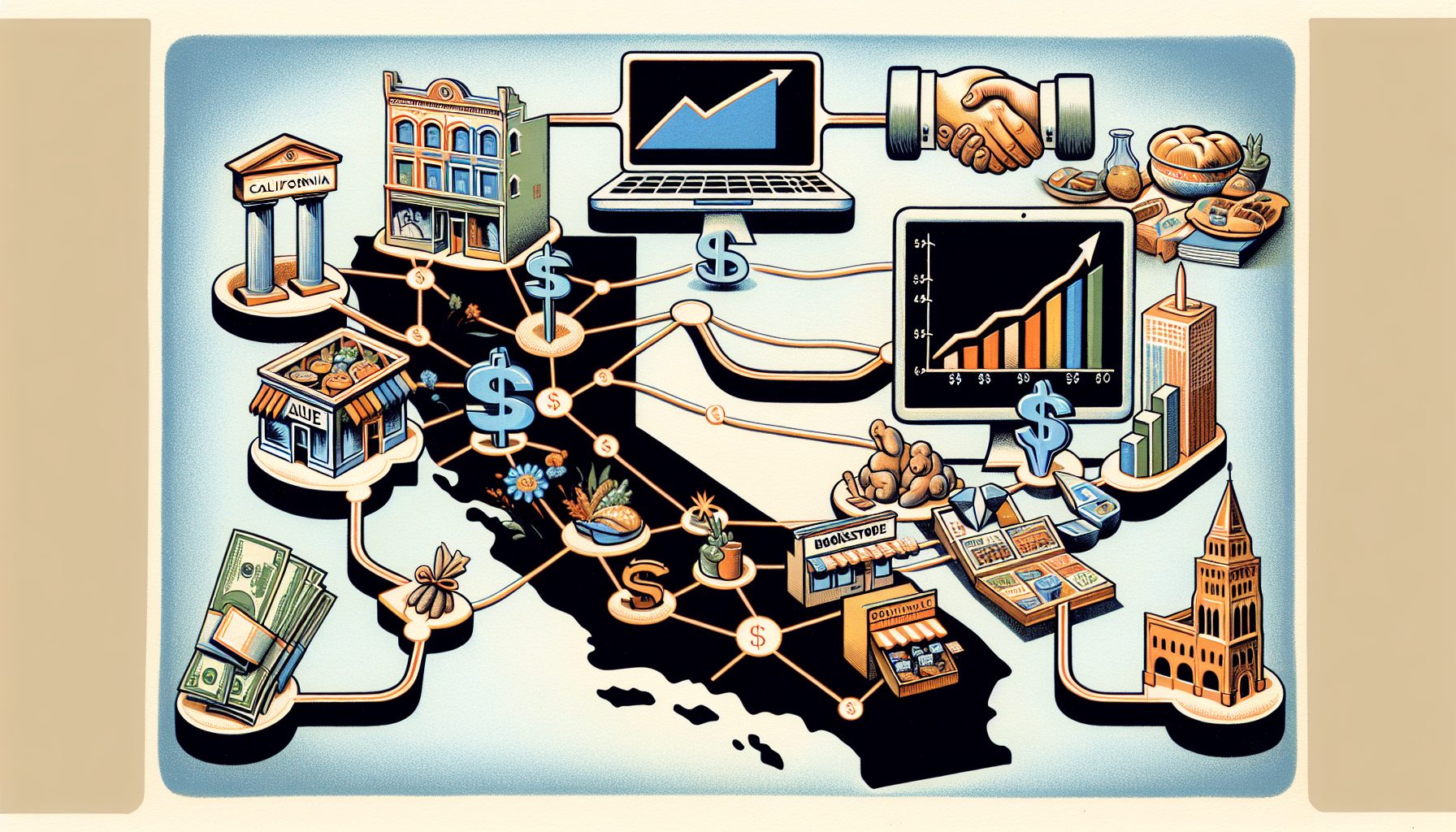It’s a company of just 70 people, but BigFix has blown the socks right off customers more than 200 times its size. “They’re fabulous—I love BigFix,” says David Giambruno, director of engineering and security at Pitney Bowes. With the BigFix software, his team’s average time to deploy a patch to 20,000 desktops and servers (after testing) is 45 minutes. “Operationally, it’s one of the best technologies we’ve put in,” Giambruno says.
BigFix also turned heads at Progress Energy. The Raleigh, N.C.-based utility planned to take eight months to roll out the software to 13,000 computers. The project took just half that time, largely because the deployment tools were very easy to use and the software required little customization, according to Scott Meyer, manager of architecture and integration services. “BigFix has actually exceeded our expectations,” he says.
Parrish Medical Center in Titusville, Fla., installed BigFix on 880 systems in January. The software reduced the time network administrator Tom Coffy and his team needed to keep the machines patched from 30 hours per week to less than five—”and we’re doing a much more thorough job,” he notes.
The 210-bed hospital, which paid about $26,000 for a two-year enterprise license, has also used BigFix to distribute updates to its medical imaging application and to track desktop software licenses. “We feel like we received more than we paid for,” Coffey says.
One catch: BigFix’s reporting features “are not really great,” says A.J. Fried, senior vice president of servers and infrastructure for Bessemer Trust, a financial management firm in New York. For example, there’s no simple way to discover which patches are missing on a specific group of machines or to find the patch history of a single system. “You have to dig through the interface to find that data,” Fried says. “If you’re trying to do an official audit report, it’s not that good.” (BigFix says it’s enhancing report capabilities in future versions.)
Pitney Bowes’ Giambruno also wants to see more sophisticated analysis features. For example, while the software shows what percentage of machines lack critical patches, it’s unable to assess risk based on a system’s importance to the business. As Giambruno puts it: “They’re a great company, but they have to switch from a tool to a solution at some point.”
|
FINANCIALS
Revenue, 2004: Less than $15M (Baseline est.)
Funding: $18M to date
Investors: Levensohn Capital Management,
St. Paul Venture Capital, Selby Venture Partners
No. of customers reported: 370
TECHNOLOGY PARTNERS
CenterBeam, Computer Associates International, Fiberlink Communications, IBM, InfoExpress, Microsoft, Red Hat, SecureInfo, Sun Microsystems, Unisys
SOURCES: COMPANY REPORTS; BASELINE RESEARCH
MAJOR CUSTOMERS
Financial services: Countrywide Financial, Deutsche Bank, Lehman Brothers, Merrill Lynch
Government: Miami-Dade County Public Schools, NJ Transit, San Mateo County, Calif. Hospitality: Marriott International
Manufacturing: Tempur-Pedic,
TRW Automotive
Retail: American Eagle Outfitters, Staples
OFFICES
Emeryville, Calif. (headquarters); Bangalore, India; Singapore; Beijing; Fleet, U.K.








